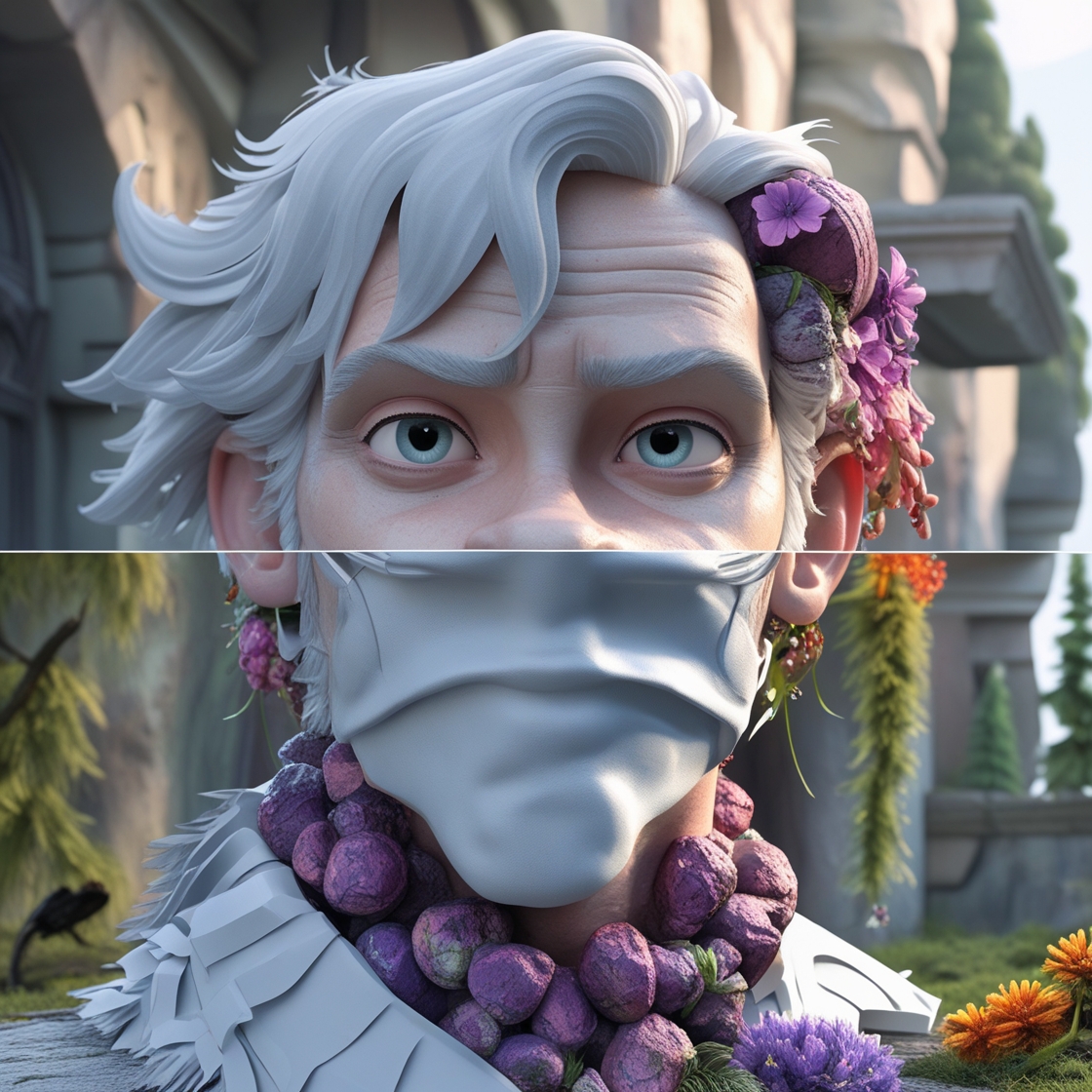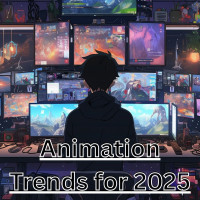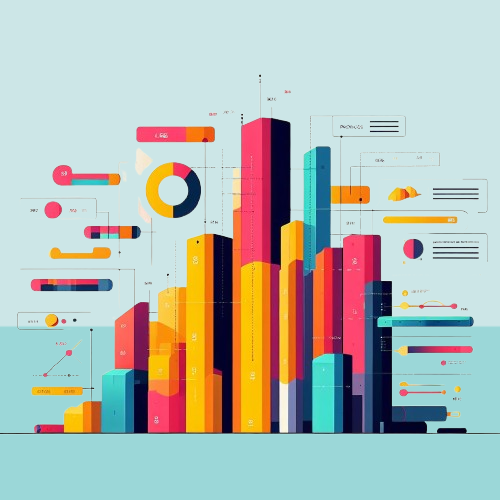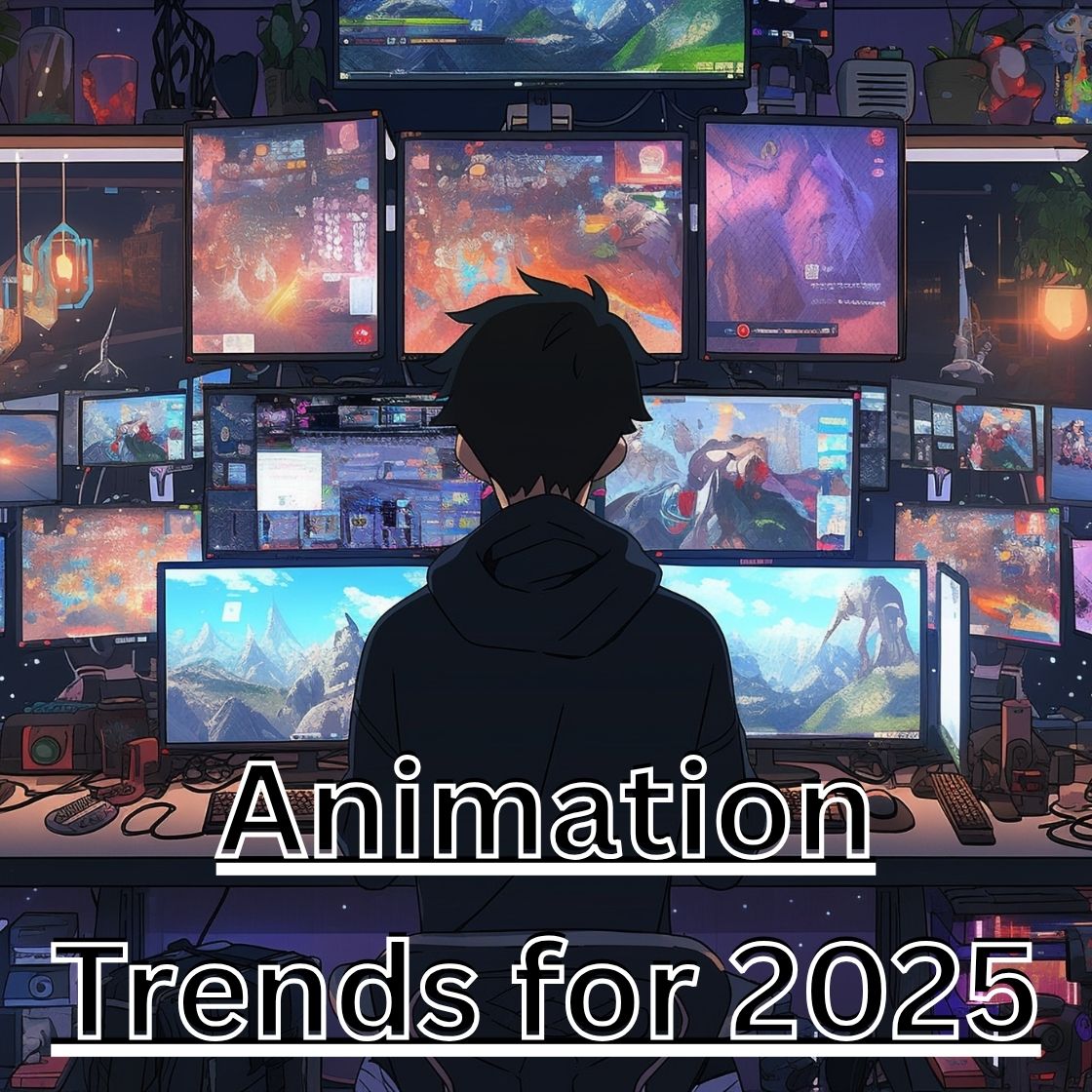Captivating Audiences with Advanced 3D Texturing Techniques

Strong 8k brings an ultra-HD IPTV experience to your living room and your pocket.
When it comes to animation, details matter. The difference between a flat image and a lifelike, emotionally resonant character often lies in something many viewers never consciously notice—texture. From the glint of metal on a robot’s surface to the soft fur of an animated animal, 3D texturing is where art meets technology. And today, more than ever, it's capturing the attention of audiences around the world.
So, what exactly is 3D texturing? And why is it such a big deal?
Understanding 3D Texturing: The Surface of a Story
3D texturing is the process of applying images, patterns, and colors to 3D models, making them appear more realistic or visually interesting. Without textures, 3D models would look like plain, colorless shapes—like mannequins. With texture, they come to life.
Think of it like this: a 3D model is the skeleton and structure, but the texture is the skin, clothes, and surface detail. Advanced 3D texturing techniques allow artists to create surfaces that reflect light realistically, show wear and tear, or reveal tiny imperfections—just like in the real world.
Why Texture Captivates the Eye
In animation, viewers connect with the visual world almost instantly. They may not understand every technical detail, but they can feel whether something looks real or not. And that feeling is what keeps them watching.
Advanced texturing techniques help:
Create believable environments
Enhance emotional impact
Build immersive storytelling
Differentiate brands visually
Showcase product details in ads
Whether it’s a hyper-realistic dragon in a fantasy film or a stylized robot in a tech commercial, textures help build a world that feels tangible.
Techniques That Are Raising the Bar
Modern animators and digital artists now have access to tools and techniques that were once unthinkable. Let’s look at some of the key methods they’re using to wow audiences:
Physically-Based Rendering (PBR)
PBR is a method where materials respond to light just like real-world surfaces. Metal looks metallic, skin has natural gloss, and wood has depth and grain. It creates consistency and realism across different lighting environments.
Displacement and Normal Mapping
These techniques give the illusion of depth and texture without increasing the model’s complexity. Rocks look rugged, skin has pores, and fabrics show stitching—even when the actual surface is flat.
Procedural Texturing
Instead of using a single image, procedural texturing uses algorithms to generate complex patterns. It’s efficient and ideal for repeating surfaces like tiles, walls, or nature elements.
Hand-Painted Textures
Not everything needs to look hyper-realistic. Hand-painted textures bring a unique charm and artistic style, often used in animated films or video games with a storybook feel.
Real-World Use: Beyond the Screen
Texture doesn’t just live in cartoons and feature films. Many industries use it to communicate, market, and train. Here’s how:
Advertising and Branding
Products rendered with high-end textures look more premium. A beauty product's shimmer or a sneaker’s knit surface can be textured to perfection, helping brands sell more convincingly.
Virtual Reality and Gaming
Immersive worlds depend on texture. A game without surface detail feels incomplete. In VR, where users can move and explore, believable textures are essential.
Architecture and Interior Design
Clients can walk through digital buildings where floors feel wooden, tiles look ceramic, and furniture carries realistic fabrics—all thanks to texturing.
The People Behind the Pixels
Creating these textures isn’t easy. It takes a team of artists and technical experts to balance creativity with the demands of software and rendering engines.
Studios that specialize in this work are growing in popularity, especially in creative hubs like New York. For example, an animation studio in New York may work with advertising agencies, tech firms, and game developers to create textured visuals that draw viewers in and tell compelling stories.
These studios are often part of a broader ecosystem that includes computer generated imagery companies and VFX experts. They collaborate to build full scenes, characters, and experiences—layering textures on top of models, adjusting for lighting, and ensuring everything looks perfect in motion.
Why This Matters for Brands and Storytellers
Whether you're a business owner, creative director, or part of a production team, understanding the value of texture can elevate your storytelling. Audiences today are exposed to high-quality visuals everywhere—on their phones, in games, in movies. If your brand doesn’t meet that standard, it risks being ignored.
Partnering with professionals who offer 3D animation services ensures you’re not just telling a story—you’re showing it in a way that feels alive, polished, and unforgettable.
In Summary
Advanced 3D texturing is more than a technical step—it’s a storytelling superpower. It turns ordinary shapes into unforgettable characters, transforms blank environments into vibrant worlds, and elevates brand visuals to match modern expectations.
Key Takeaways:
Texturing adds realism, emotion, and personality to 3D animation.
Techniques like PBR, procedural texturing, and normal mapping enhance detail.
Quality textures improve marketing, training, gaming, and storytelling.
Collaborating with experienced studios helps bring textured visions to life.
As technology continues to evolve, so too will the tools and creativity behind 3D textures. One thing is clear: in the world of animation, texture has taken center stage.
Note: IndiBlogHub features both user-submitted and editorial content. We do not verify third-party contributions. Read our Disclaimer and Privacy Policyfor details.





